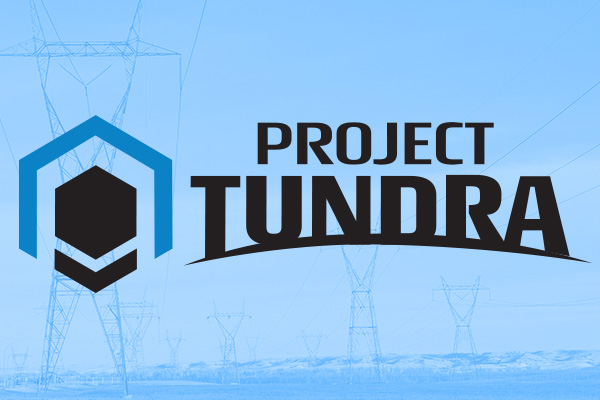Written By: Mac McLennan, president and CEO of Minnkota Power Cooperative
When temperatures across the region dropped to 30 below zero in mid-January, most of us hurried indoors, turned up the heat and flipped on our computers and TVs for entertainment. There likely wasn’t a second thought as to where the electricity powering our region was coming from during those bitterly cold days.
As demand for electricity increased, there were stretches when almost all of the Upper Midwest’s energy came from a combination of coal, natural gas and nuclear. This is not a new phenomenon. Routinely, subzero temperatures can limit the ability for wind and solar to produce energy for homes and businesses when they need it most.
For Minnkota Power Cooperative and its member cooperatives in eastern North Dakota and northwest Minnesota, coal was the primary reason the lights (and everything else) stayed on.
Coal is a low-cost and reliable resource, but it is challenged in today’s world as society focuses on making significant reductions in carbon dioxide emissions. That’s why Minnkota is pursuing Project Tundra – a major initiative to build the world’s largest carbon capture facility right here in North Dakota.
The project aims to transform our largest coal unit into a near-zero carbon emissions resource using state-of-the-art technology. The CO2 removed by Project Tundra would be returned to the land it came from. Directly under the coal mine that provides fuel to the power plant, there is a deep geologic rock formation more than one mile below the surface to safely store the CO2. If we’re successful, we will remove an amount of CO2 equivalent to permanently taking 600,000 gasoline-fueled vehicles off the road. More importantly, Project Tundra could be used as a blueprint by utilities in the United States and countries around the world who plan to continue using coal as a resource. The project is currently in the advanced engineering and design phase, with a goal to begin construction within the next few years.
Our nation is striving toward a cleaner electric grid, but that doesn’t mean we have to shut down all fossil fuel generators and depend solely on wind and solar facilities. In our region, that simply won’t work. The stakes are too high. When it’s 30 below zero, we need electricity so reliable that we don’t have to think twice about it.

